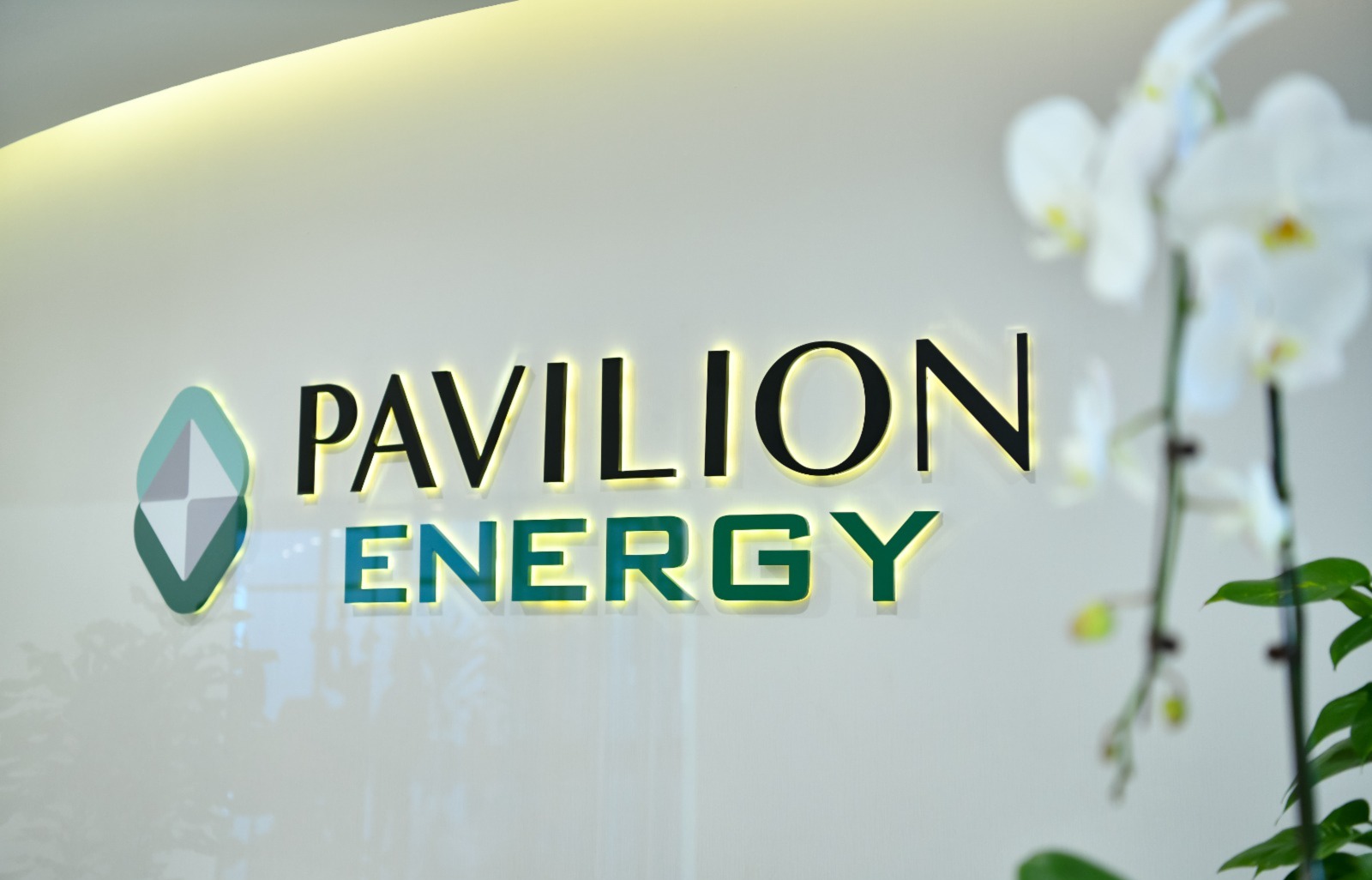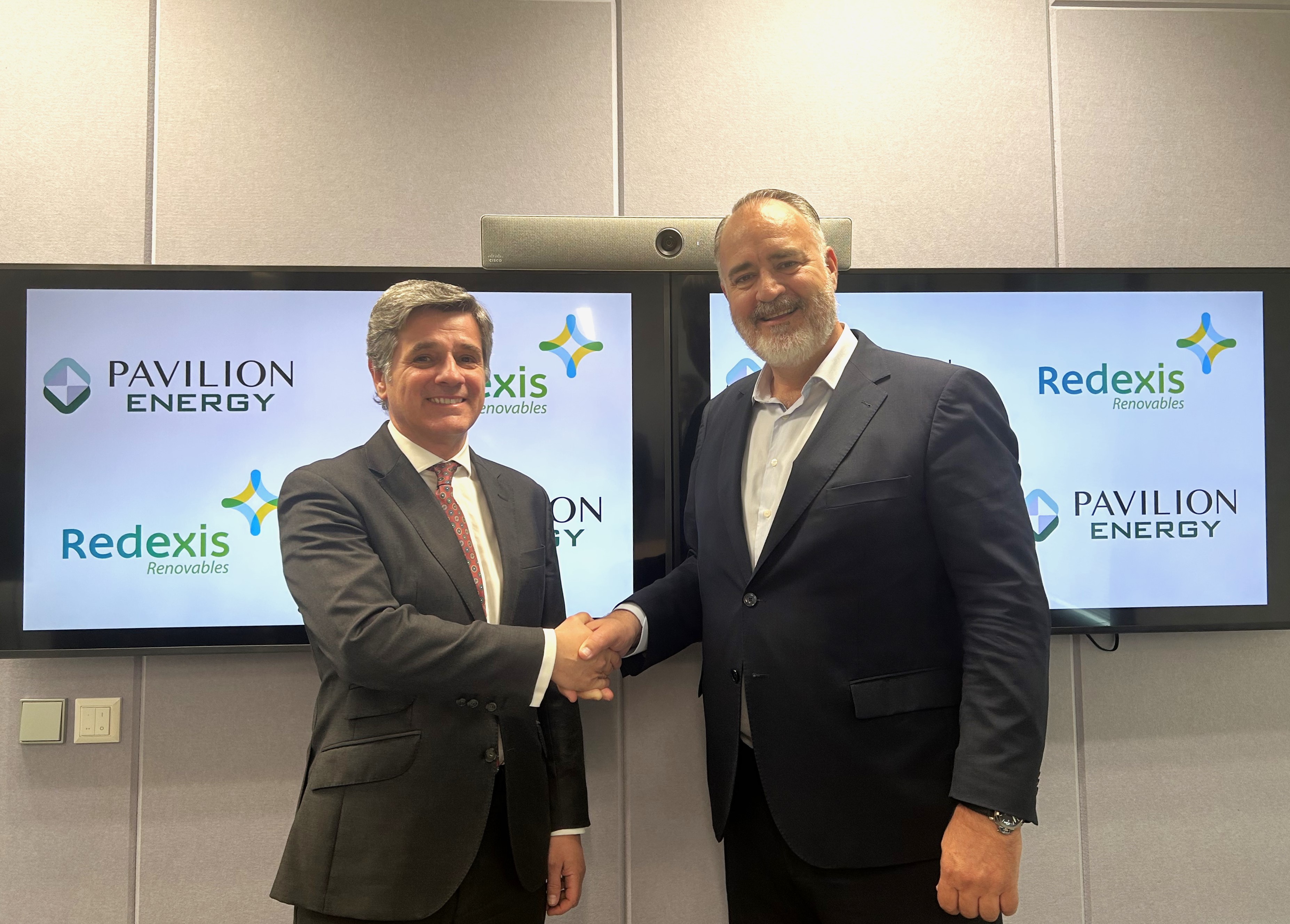The Managing Director of Pavilion Energy, Alan Heng, says a ‘steady stream’ of investment in LNG bunkering infrastructure is required if the industry is going to achieve an annual target of 30 million tonnes by 2030 – with 100 new LNG bunker barges at the top of the to do list.
Speaking during the Gastech Virtual Summit today (10 September), Heng reaffirmed Pavilion Energy’s commitment to LNG as a marine fuel.
‘We are committed to LNG bunkering as we believe that LNG is the most viable fuel to help reduce the carbon footprint of marine transportation,’ Heng said.
‘We have made substantial headway in our LNG developments, including having chartered a 12,000 cbm LNG bunker vessel, the largest of its kind in Singapore Port when it’s delivered in 2021. This will allow us to deliver larger LNG bunker stems to ocean-going vessels, [and] it will add to our existing truck-to-ship operations which we have been doing safely for the last two years.’
In addition to being one of two licensed LNG bunker suppliers in the Port of Singapore (along with Shell) the company recently launched European LNG bunkering trading operations in the key markets of the UK and Spain.
Heng said: ‘LNG as a bunker fuel was projected to grow to about 9 million tonnes by 2025 and then rapidly to just under 30 million tonnes by 2030. Today we have about 556 LNG-capable vessels but that is projected to grow to more than 8,000 by 2030.
‘The growth in LNG bunker demand will be mainly in Asia and Europe and it will be in the container liners and tankers and bulkers businesses. In Asia, China and Singapore are main areas of growth and we project that by 2030 Singapore will have a 20% global LNG share consistent with its position as the largest bunkering port in the world.’
Heng highlighted Europe’s status as having the most developed LNG bunkering infrastructure and demand, noting that Pavilion Energy sees ‘continued growth consistent with Europe’s sustainability initiatives.’
However, the short-term impact of Covid-19, said Heng, had resulted in slower growth in shipping and fleet replacement, while lower oil prices, which have led to narrower spreads between conventional IMO 2020 compliant fuels and LNG, had meant it was ‘economically harder to justify’ fleet replacement and new fuels.
‘This has lowered the demand curve,’ said Heng, ‘but we believe that the fundamentals for LNG as a greener fuel remains strong.’
Once the pandemic is over, Pavilion Energy is predicting another uptake in LNG bunkering which the company believes will result in three times the demand for LNG bunkering in 2030 compared with today.
‘And Singapore will be a major hub for LNG bunker supply,’ affirmed Heng.
‘While LNG as a marine fuel may not be the silver bullet, it represents a significant opportunity which should be taken up today. The common refrain from the industry has been that “LNG bunkering lacks a global network; they lack infrastructure and there’s an absence of scale and economics”. We disagree. We think these issues are being dealt with rapidly and we believe that LNG bunkering will, over time, be the fuel of choice for this industry.’
Heng then referenced an analysis that Pavilion Energy had done on LNG bunkering.
‘While there has been a growing interest in carbon-zero fuels such as methanol, ammonia and hydrogen, our assessment is that these alternatives are some time away from commercial viability,’ said Heng. ‘The imperative is for the marine industry to do as much as it can today to protect the environment instead of waiting for the silver bullet.’
Addressing the ‘undoubted’ challenges to the adoption of LNG as a marine, Heng highlighted demand as the most immediate obstacle.
Heng said: ‘Many shipowners have cited that LNG as a marine fuel costs more, but this is without considering the potential costs of carbon abatement but more importantly the cost to the environment. In this regard, government and port authorities have a role to play in establishing regulations to incentivise green investment and promote the use of cleaner fuels.
Heng continued: ‘Institutional investors and financiers can further encourage shipowners to transition to a lower carbon footprint. While Covid has hurt global shipping, this also represents an opportunity for the industry to take advantage of lower shipbuilding costs and lower LNG costs to reposition for the future.’
Heng then identified four key issues which needed to be addressed in order for the LNG industry to grow: the acceleration of LNG bunker infrastructure to support the marine industry; the adaptation of LNG terminals and processes to accommodate bunkering operations; the development of fit-for-purpose commercial arrangements to make it easier for customers to contract; and the development of global connectivity of bunkering ports to give marine customers confidence in the LNG supply chain.
‘The LNG industry needs to realise they are dealing with a different customer profile,’ said Heng. ‘The marine customer is unlike the typical re-gas[sification] and power customer. While it is more akin to an LNG truck customer, the logistics requirement to supply an ocean-going vessel on time require adaptation, and this is something the industry needs to work on.’
Currently there are more than 60 active ports and locations around the world delivering LNG fuel with another 24 locations under development. Most of these active locations deliver LNG by trucks and there are only 15 ports capable of ship-to-ship LNG delivery.
‘Ship-to-ship LNG delivery is important because it remains the most effective way to deliver bunker volumes to ocean-going vessels, particularly the long haul, transcontinental voyages,’ said Heng.
There are currently 10 bunker vessels in world – nine of which are in Europe, Heng noted – and these had been developed with a variety of sizes.
‘Together [these LNG bunker vessels] provide some 0.6 million tonnes of supply capability and significant learning opportunities,’ said Heng. ‘There are another 15 ports and 16 [LNG] bunker vessels coming online shortly which will increase the overall supply capability to 2.2 million per annum.’
These vessels, which are predominantly in Europe and Asia, will help keep pace with the global demand through 2022-2023, Heng said. However, a further 100 would be required if the industry was to reach annual demand of 30 million tonnes.
In addition to LNG bunker vessels, Heng stressed the need for smaller LNG tertiary jetties to accommodate LNG bunker vessels, as well as LNG trucks and small-scale refilling stations.
‘The unit cost for these new [LNG bunker vessel] investments has declined and we believe that with greater scale they would decline further, and this will make LNG bunkering more efficient and more effective,’ said Heng.
Heng then highlighted the importance of adapting LNG terminal operations and processes which he said had ‘historically been designed for regasification and serving customers on a gas grid’.
Heng said: ‘To that end, the process of scheduling, berth slots, inventory management, gas specification and tariffs have been geared towards unloading operations of large conventional size vessels. LNG bunker customers and suppliers unfortunately have different expectations. They usually require smaller lots; they usually require a faster response and they may even require more stringent specifications.’
As an example, Heng said that in a conventional LNG operation, there is an expectation to schedule reloads from terminals well in advance – ‘sometimes even planning a year in advance’ – while a marine customer is ‘more familiar with a shorter notice period for LNG bunker supply’.
Another area is the tariff structure imposed by the terminal.
‘LNG terminals have been more flexible in the small-scale reload tariffs such that LNG bunkering is not burdened by high tariffs. The terminals in Europe have begun to adapt but more needs to be done in the terminals around the world to accommodate the growing demand for LNG bunker services.
‘This will allow competitive reload activities to happen for LNG bunker[ing] and concurrently improve the overall utilisation of LNG terminals.’
Heng then called on the LNG industry to adapt its commercial LNG agreements.
‘LNG bunker suppliers need to adapt to marine customers’ requirements, which tends to value operational flexibility and commercial flexibility,’ said Heng. ‘Most traditional LNG suppliers start from detail-heavy, low-flexibility contracts which aim to contemplate and pass through any potential risk.’
On pricing, Heng said Pavilion had had to challenge itself to be more creative with how the company prices its customers.
‘Do we price them against traditional fuels, or will customers accept gas indexations? And how do we structure contracts to suit the marine industry better, so they are not saddled with the risks of takeup pay because a ship arrives late?
‘A traditional marine contract is a year long and no more than ten pages. A typical LNG contract takes a year to negotiate and is often more than 100 pages.’
Heng said Pavilion Energy had spent time trying to understand its customers’ limitations and at the same time explain to them the limitations of the LNG operating regime to arrive at mutually acceptable solutions. He revealed that Pavilion Energy was working towards a standard general terms and conditions that will make contracting easier.
Heng said: ‘In the areas of adapting LNG terminal operations and commercial contracts, it is not about the LNG industry adapting fully to the marine customer and giving them everything they want, nor is it the converse. This is about two sides finding common ground to arrive at workable solutions in a new business area. These are work in progress issues and would go a long way towards removing any obstacles for LNG contracting and for LNG to be adopted by shipowners.
With LNG bunker demand expected to grow ‘30-fold to about just under 30 million tonnes by 2030’, LNG, said Heng, ‘represents the most viable fuel’ to help the marine transportation industry reduce its carbon footprint.
‘Despite the setbacks that the Covid-19 pandemic has created, Pavilion Energy believes this decarbonisation effort with LNG can and should begin as soon as practical,’ said Heng. ‘Port authorities, institutional investors, financiers can capitalise this effort with shipowners and we believe they will.
‘The LNG industry needs to do its part to build the required infrastructure, adapts its terminal operations commercial structures to give marine customers an effective, efficient reliable supply chain around the world.’






